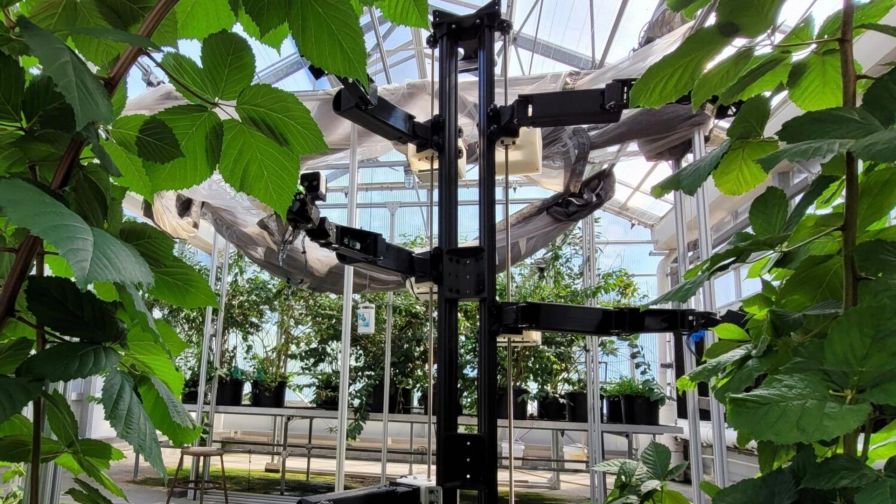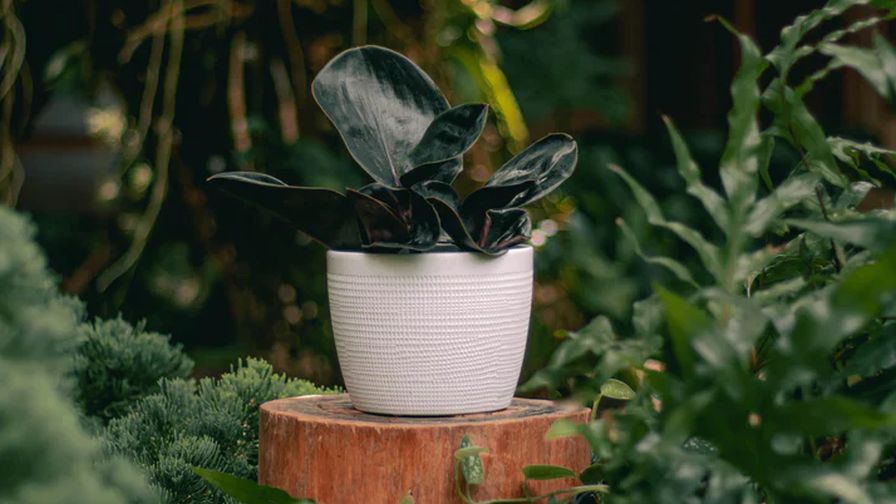Wageningen University Offers a Step-by-Step Guide to Circular Horticulture
Wageningen University (WUR)’s Greenhouse Horticulture & Flower Bulbs Business Unit has completed its research into circular greenhouse horticulture, carried out in partnership with the Club of 100. The research looked into possibilities and opportunities for improving circular processes in the greenhouse horticulture market. WUR will now be considering the design of its follow-up research.
There’s been a lot of discussion around the circular economy in recent years. But so far it hasn’t really been clear what the circular economy looks like, the role that greenhouse horticulture can play in it, and what’s actually already going on right now. WUR launched the circular greenhouse horticulture research project as a way of answering those questions. The research was funded by WUR’s Club of 100. Ten member businesses in the Club of 100 – each with their own specific expertise – also sat on the project’s guidance committee.
The outcome of the research is a document setting out information that the greenhouse horticulture sector can immediately use, says project leader Alexander Boedijn. For example, it clearly explains what circular greenhouse horticulture actually means.
“Our objective is to ensure that we’re all speaking the same language as part of efforts to achieve circular greenhouse horticulture,” Boedijn says.
The researchers focused on six distinct material flows (water, fertilizers, plastics, biomass, CO2, and substrate) to identify any circular solutions that are already available, as well as any innovations that show potential. The research also drew on definitions from the R ladder (such as Refuse, Reuse and Recycle) and the transition pathways to indicate how and why an existing practice or innovation contributes to circularity.
The outcome reveals how many or how few solutions currently exist for specific material flows and purposes. As such, it can serve as a starting point for new innovations, says Boedijn. The overview will also be regularly updated, and any businesses that come up with innovations for greenhouse horticulture can pass these on to the researchers. The research also helps the greenhouse horticulture sector show other stakeholders – such as the government and the general public – what’s going on, and what’s being planned for the next few years.
“Rather than producing a long, dense report, we came up with an interactive PDF (downloadable here, although it is in Dutch). It’s a document that everyone can immediately get to grips with, and within 10 minutes have an understanding of what circular greenhouse horticulture means.”
For more background on circular horticulture, click here.










